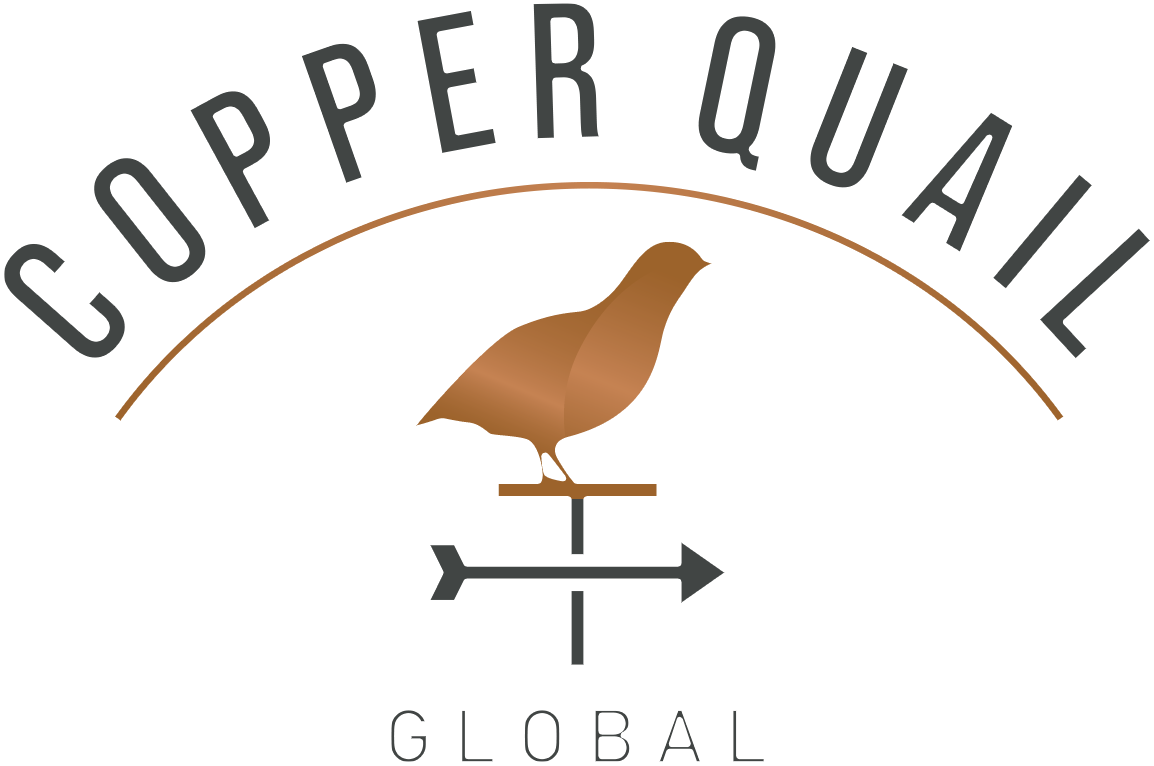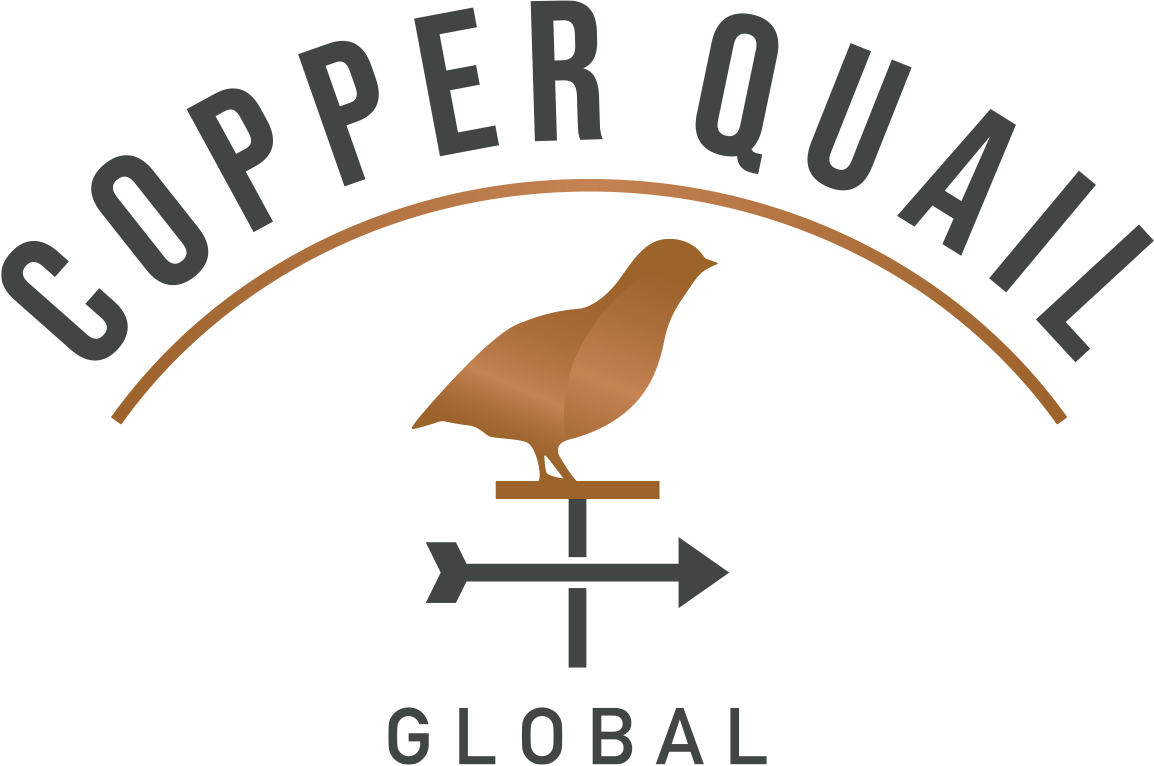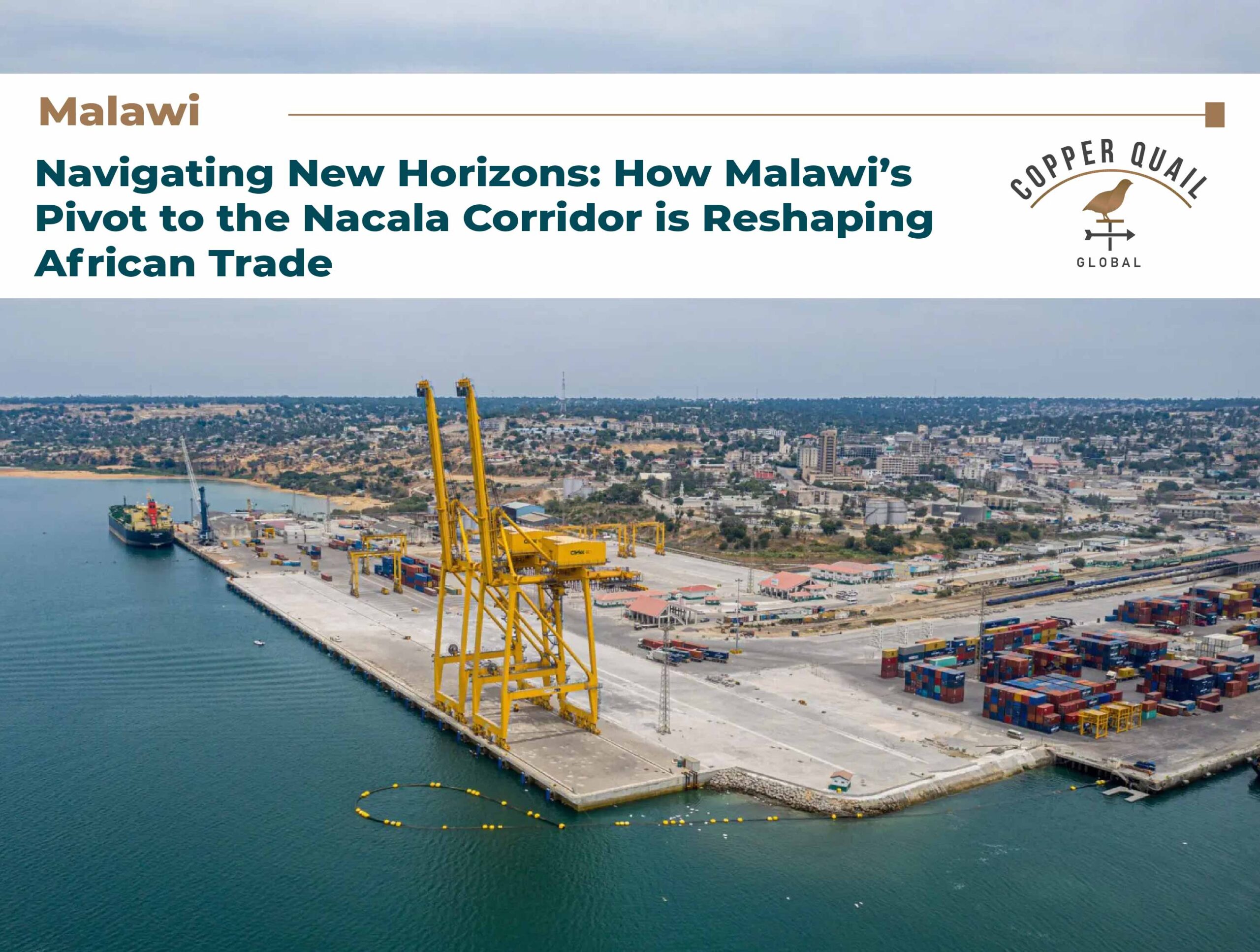As a Human Capital Solutions Partner with over 15 years of experience navigating the complexities of the African recruitment market, Copper Quail Global understands that economic infrastructure is the backbone of talent and business growth. Few developments illustrate this better than the recent and significant shift of land-locked Malawi towards the Nacala Transport Logistics Corridor as its new supply lifeline.
This strategic pivot is more than just a change in shipping routes; it represents a major move toward regional economic integration, reduced trade costs, and a fundamental reshaping of supply chain logistics across Southern Africa. For businesses looking to invest or expand into Malawi, Mozambique, Zambia, and Zimbabwe, understanding the Nacala Corridor’s growing role is absolutely crucial.
A Port of Natural Promise: The Evolution of Nacala
The deep-water port of Nacala in Mozambique has always held immense natural potential. With a natural depth of 60 meters, it is one of the finest natural harbours on the eastern coast of Africa. While it initially gained prominence as a crucial export hub for coal mined from Mozambique’s inland Tete region, its strategic role has expanded dramatically.
This transformation has been driven by significant investment and regional cooperation. In October 2023, the presidents of Mozambique, Zambia, and Malawi inaugurated the rehabilitated, expanded, and modernised port of Nacala. This major project, financed by a US$249 million soft loan from Japan, culminated in the signing of key agreements for the joint management of the entire Nacala Transport Logistics Corridor.
Further cementing its importance, in August 2024, Mozambican President Felipe Nyusi announced a remarkable concession: a section of land near Nacala port allocated to Malawi for a dedicated terminal for Malawian imports and exports, secured on a 99-year leasehold. This is a powerful testament to the deepening bilateral relations and the corridor’s future as a shared resource.
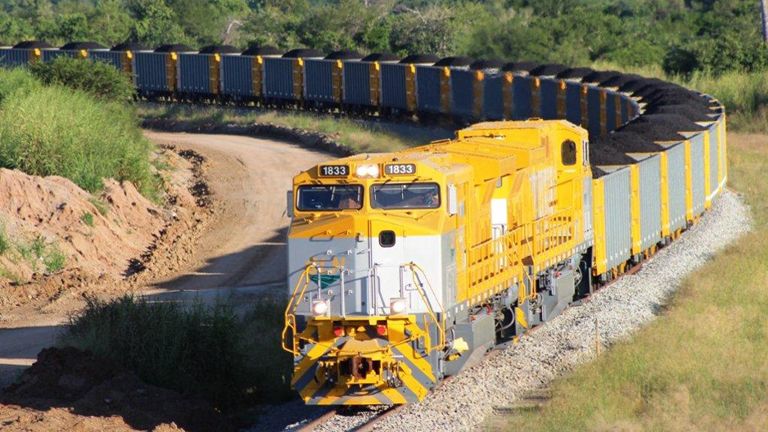
The Trade Imperative: Reducing Costs for Land-Locked Nations
For land-locked Malawi, Zambia, and Zimbabwe, trade and transport costs are notoriously high, acting as a perennial brake on economic development. While Malawi has historically relied heavily on routes through Durban and Johannesburg, or even Dar es Salaam, its most efficient and direct option is often overlooked.
Nacala is the closest port to Malawi, approximately 830 kilometres from the main economic centres. Yet, only about 10% of Malawi’s trade currently transacts through this corridor.
The objective of the Nacala Transport Logistics Corridor is simple but profound: to provide a shorter, more efficient trade route that drastically reduces the cost of goods transport, thereby lessening dependence on other, more distant regional ports. As infrastructure along the corridor improves, this 10% figure is set to skyrocket, demanding a proactive approach from businesses and logistics professionals in the region.
The Mechanics of the Corridor: Road, Rail, and Connectivity
The Nacala Transport Corridor is an integrated, multi-modal logistics network comprising both rail and road.
The Rail Lifeline
The 912-kilometre rail route extends from Nacala port, through Liwonde, Malawi, all the way to the coal fields of Tete Province. Originally rehabilitated by the Brazilian mining giant Vale, this line now serves a dual purpose, and its capacity is being increasingly leveraged for commercial cargo.
This was highlighted in mid-2024 when the National Oil Company of Malawi (NOCMA) began using the Nacala rail for the crucial import of the country’s fuel requirement. The rail is also being used for essential imports like fertiliser, with a major shipment destined for Zambia recently being trans-shipped from Nacala port via Malawi.
The Road Network
The main corridor road, the N13, spans 1,067 kilometres from Nacala to Mangochi, Malawi. Significant investment from the African Development Bank (AfDB) has facilitated the rehabilitation and upgrading of various road sections. A key element in simplifying cross-border movement has been the inclusion of one-stop border posts between Mozambique-Malawi and Malawi-Zambia, streamlining operations and cutting down transit times.
Further enhancing regional connectivity, the Chipata (Zambia) to Mchinji (Malawi) road and rail connection project has effectively completed the transport linkage between Nacala and the central-west Malawi-Zambia border.
Malawi's New Role: The Multi-Modal Trans-shipment Hub
While Malawi’s economy and import demands are smaller than its neighbours, its strategic location positions it perfectly for a new role: a multi-modal trans-shipment hub supplying Zambia and Zimbabwe.
The country’s transport and logistics infrastructure is being rapidly upgraded to establish an effective Nacala-Lilongwe-Lusaka route. This creates an immediate need for skilled talent in areas such as:
Logistics and Supply Chain Management
Customs and Border Operations
Infrastructure Engineering and Maintenance
Port and Terminal Management
The Commercial Cargo Landscape
Malawi’s key imports—refined petroleum, machinery, transport equipment, consumer goods, and fertilisers—are now priority cargo for the Nacala Corridor.
On the export front, Malawi’s main commodities are agricultural: tobacco (50-55% of total exports), tea, coffee, and sugar. While the port of Beira has historically been better equipped for agricultural products, the landscape at Nacala is changing. The Mozambican government is actively encouraging commercial farming in its northern provinces, and new facilities like a bulk grain terminal and an adjacent bulk fertiliser terminal have been initiated at Nacala port. The AfDB is further supporting this with the Malawi Nacala Rail and Port Value Addition Project, aiming to improve business competitiveness along the entire corridor.
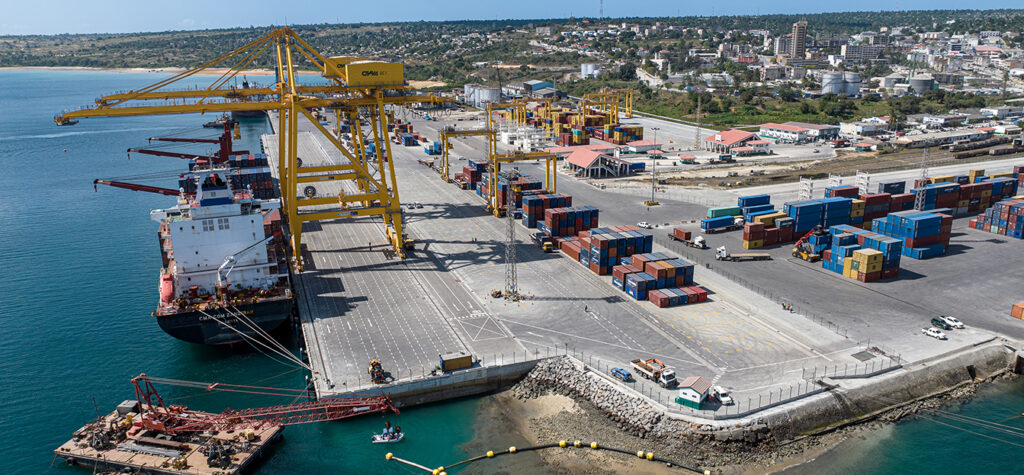
A Foundation Built on Diplomacy and Progress
The success of the Nacala Corridor is inextricably linked to the improved political relations between Malawi and Mozambique. The allocation of prime port land to Malawi on a 99-year lease is the clearest evidence of this renewed partnership.
Further solidifying bilateral ties is the US$127 million, 218-kilometre Malawi-Mozambique Power Interconnector Project, which will allow Malawi to draw 120 MW from the Mozambican grid. These joint projects, and the spirit of cooperation they represent, are essential to ensuring the corridor’s long-term operational success and stability.
The Copper Quail Global Perspective
The shift toward the Nacala Corridor is a seismic event for African trade and logistics. For Copper Quail Global, this new reality translates into an urgent demand for specialised talent: highly experienced Logistics Directors, Supply Chain Analysts, Port Operations Managers, and Trade Compliance Specialists.
As the corridor matures, it will create thousands of new jobs, driving economic prosperity and stability in the region. Businesses that recognise the strategic importance of the Nacala Corridor today and invest in the right human capital will be best positioned to dominate the markets of tomorrow.
Are you ready to align your talent strategy with the new economic reality of the Nacala Transport Logistics Corridor?
